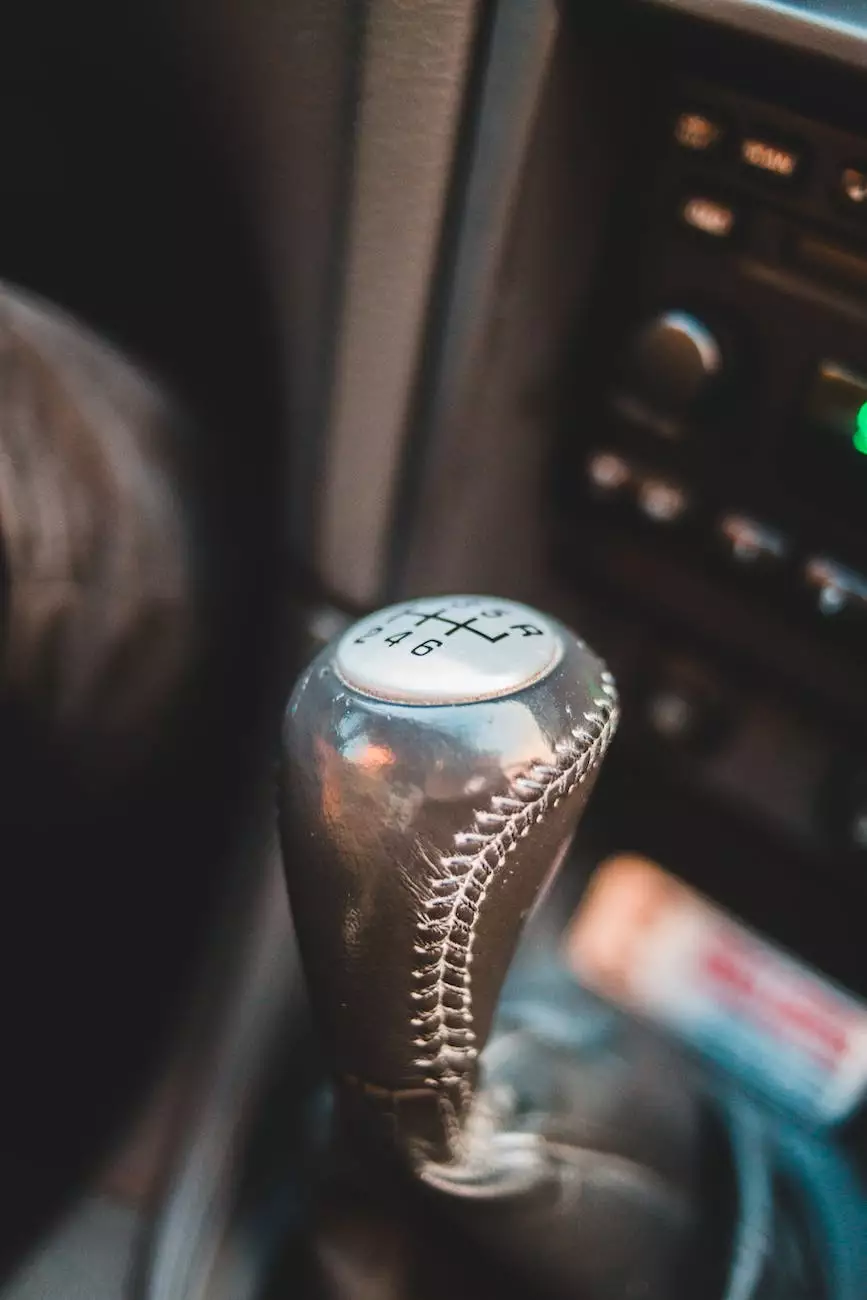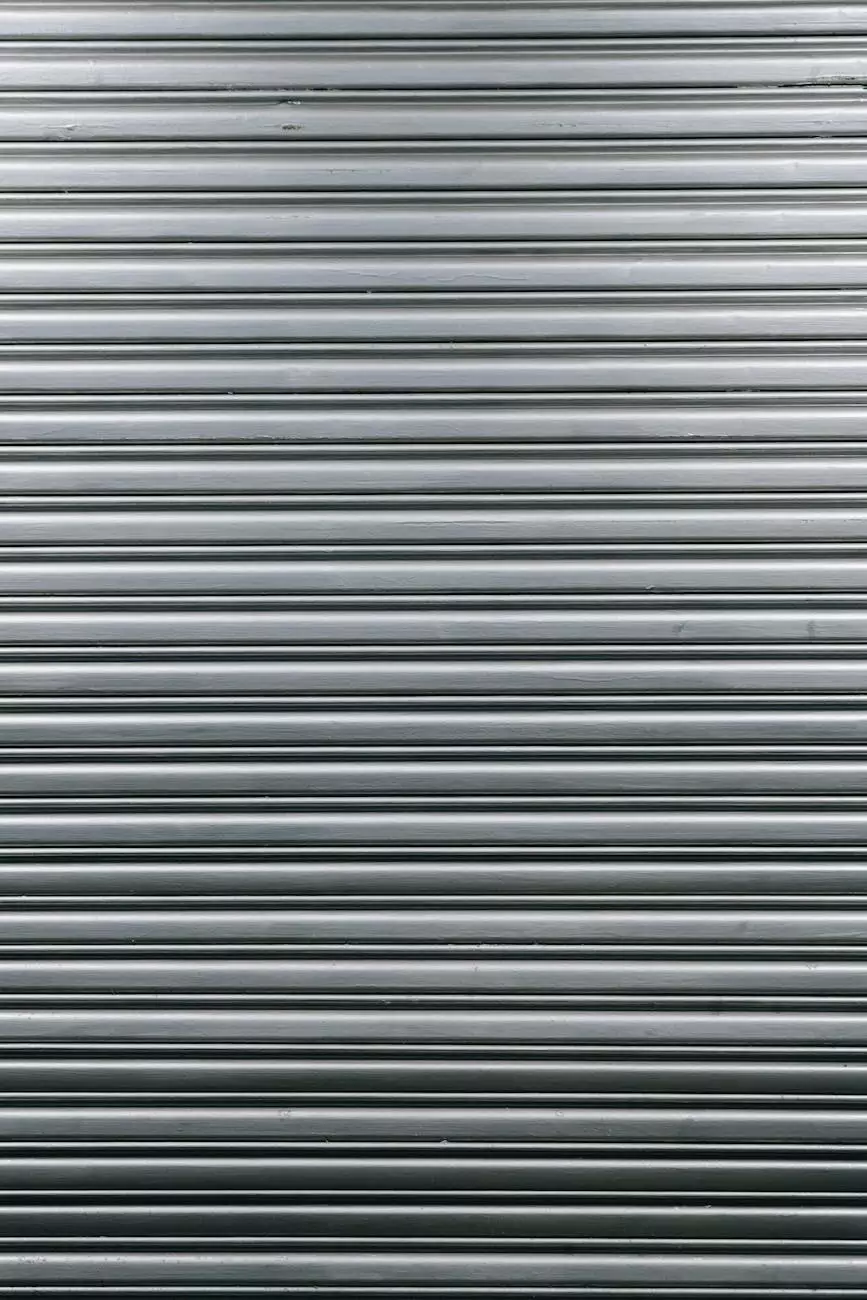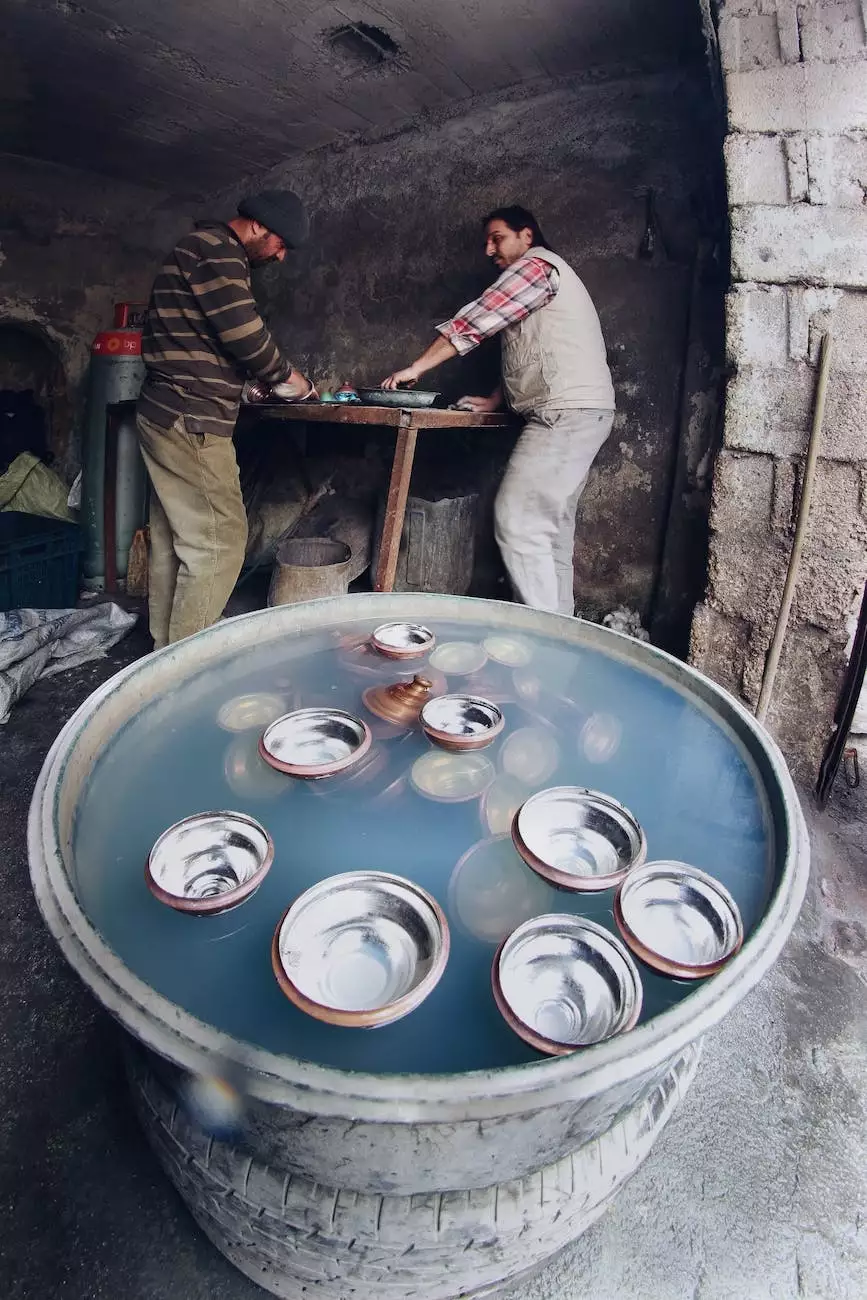Understanding the Parts of an Injection Moulding Machine

Introduction
Welcome to Quick Parts, your go-to resource for all things related to injection moulding machines. In this article, we'll dive deep into the various components and functions of an injection moulding machine. Whether you're a metal fabricator or interested in 3D printing, understanding how these machines work is crucial for creating high-quality parts. So, let's get started!
The Injection Unit
The injection unit is one of the critical components of an injection moulding machine. It consists of a hopper, barrel, screw, and nozzle. The hopper stores the raw material, usually in the form of plastic pellets. The barrel contains a heating element, which melts the plastic material to a viscous state. The screw then pushes the melted plastic forward and injects it into the mold cavity through the nozzle.
The Clamping Unit
The clamping unit ensures that the mold remains closed during the injection process. It consists of a clamping mechanism, which exerts force to keep the mold securely closed. The mold cavity determines the shape of the final part, and the clamping unit holds it in place. The clamping force is crucial to maintain high-quality parts and prevent flash or deformations during the injection process.
The Ejector Mechanism
Once the injection process is complete, the ejector mechanism plays a vital role in removing the finished part from the mold. It consists of ejector pins or blades that push the part out of the mold cavity. This mechanism ensures a smooth extraction of the part, ready for further processing or assembly.
The Cooling System
Proper cooling is essential to ensure the solidity and dimensional accuracy of the injected part. Injection moulding machines employ a cooling system that consists of channels, typically made of copper, strategically placed within the mold. Coolant, usually water, circulates through these channels to rapidly cool the molten plastic and solidify it within the desired shape.
The Hydraulic System
The hydraulic system powers the movement of various components within the injection moulding machine. It consists of a hydraulic pump, valves, and actuators. The hydraulic pump generates pressure, which is then controlled by the valves to operate the clamping mechanism, injection unit, and ejector mechanism. This system provides the force and precision required for smooth machine operation.
The Electrical Controls
The electrical controls in an injection moulding machine allow operators to monitor and adjust various parameters. These controls include temperature settings for the barrel and mold, injection speed and pressure, clamping force, and more. Advanced machines may also feature touchscreen interfaces and programmable logic controllers (PLCs) for enhanced control and automation.
Conclusion
Understanding the different parts and functions of an injection moulding machine is crucial for businesses in metal fabrication and 3D printing. The injection unit, clamping unit, ejector mechanism, cooling system, hydraulic system, and electrical controls all work together to produce high-quality parts efficiently. By grasping the intricacies of these components, you can optimize your manufacturing process and attain superior results.
If you're looking for a trusted partner in injection moulding, Quick Parts is here to assist you. Our team of experts leverages the latest technologies and techniques to deliver precision-engineered parts for your specific needs. Contact us today to learn more!
parts of an injection moulding machine



